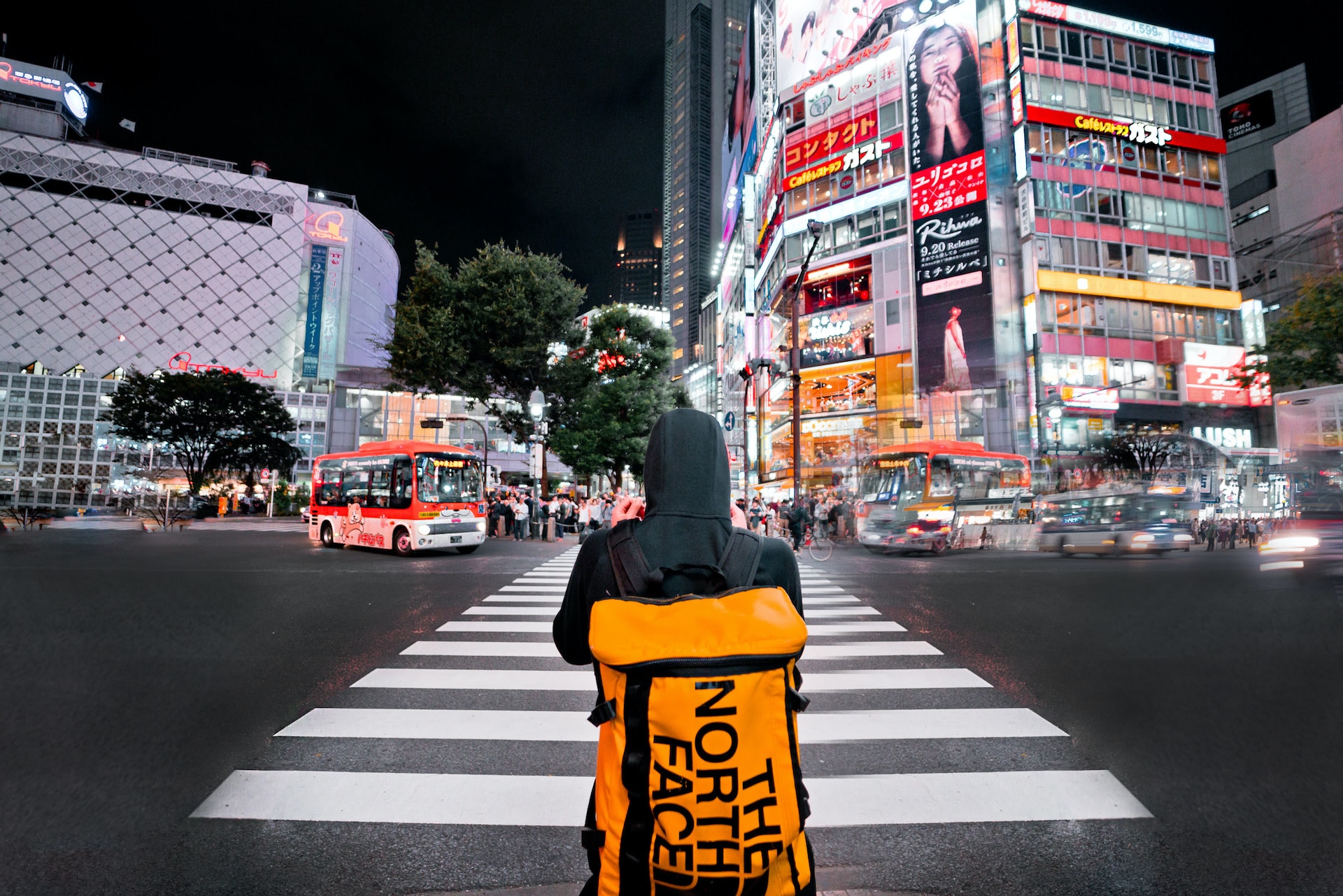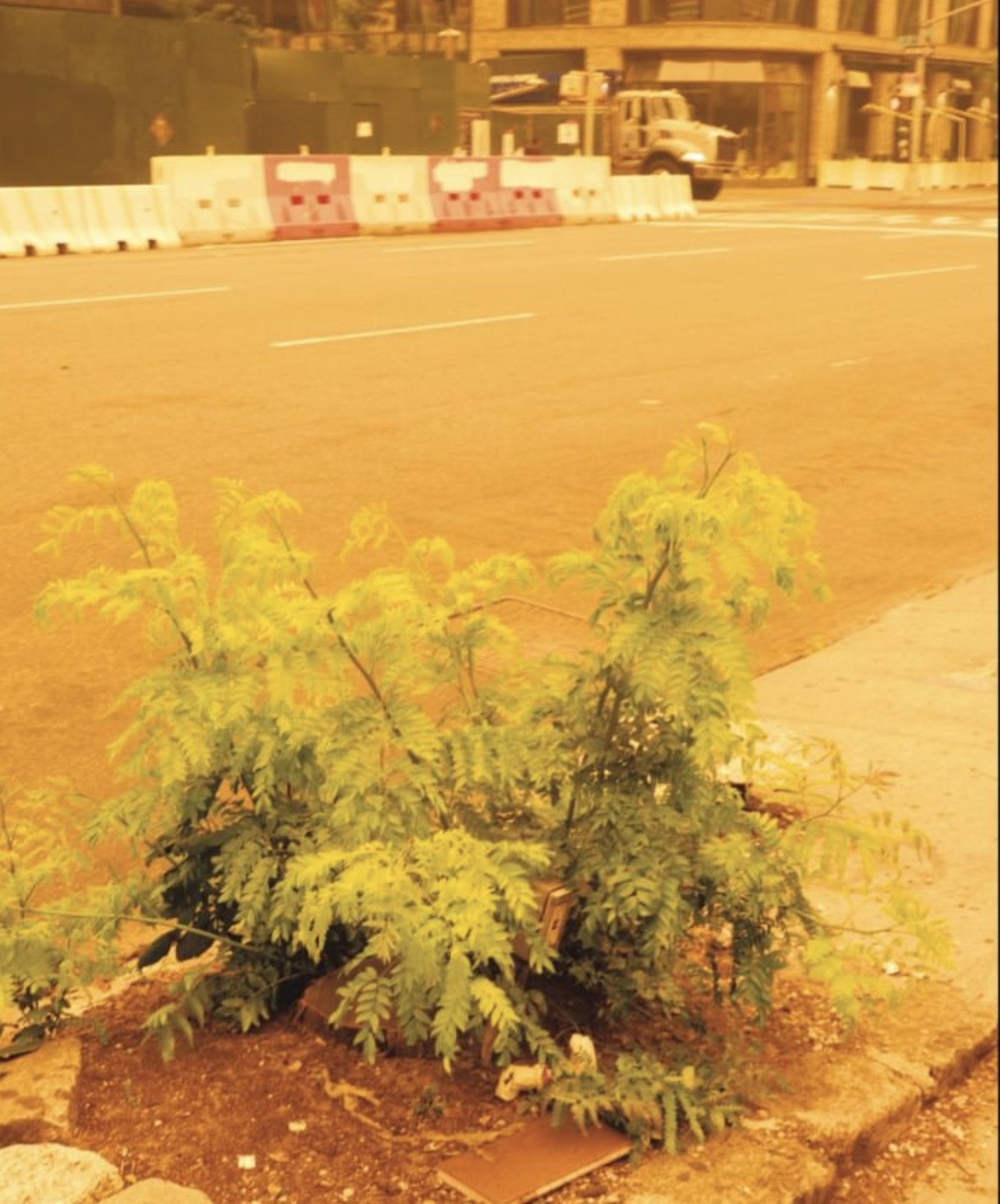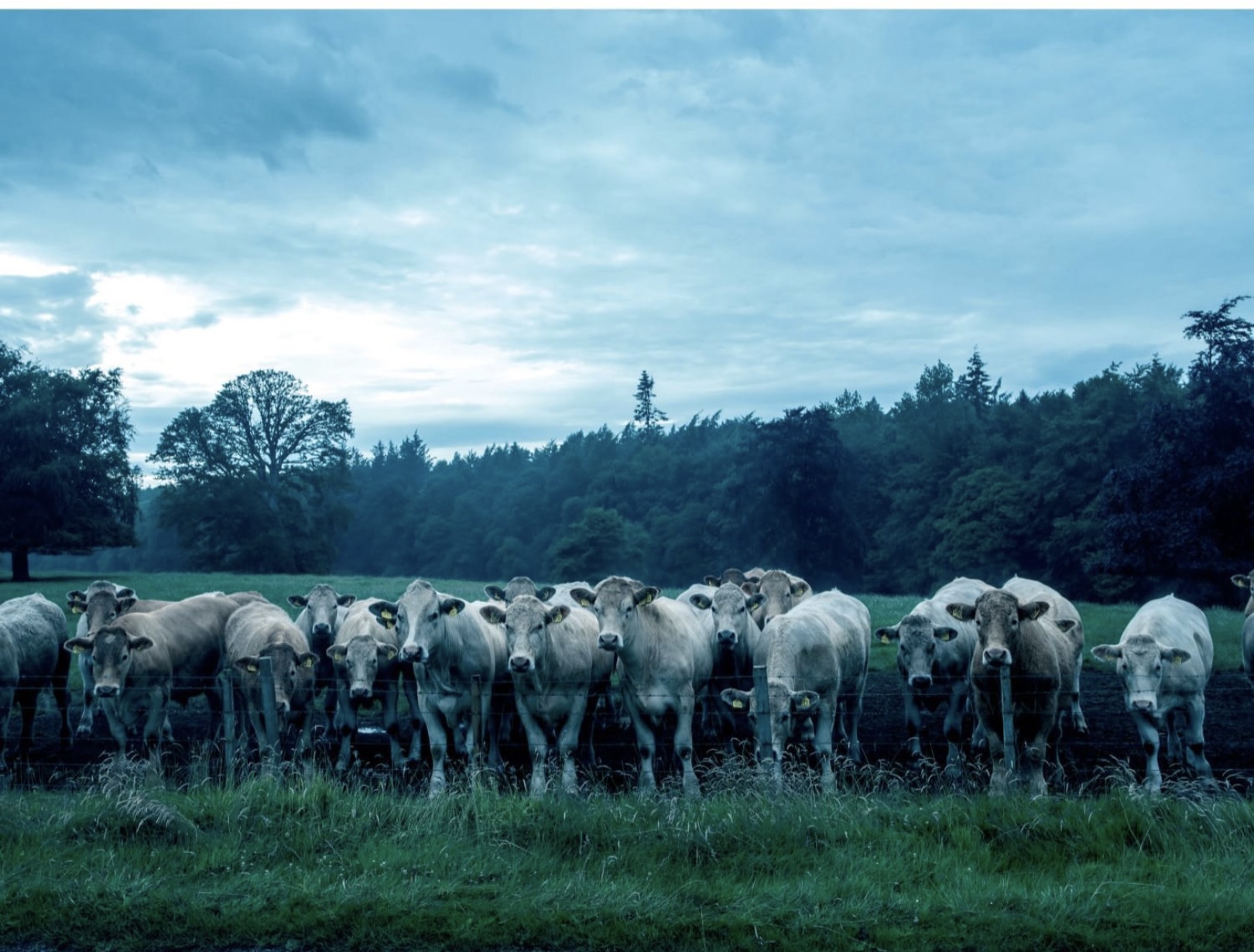Streetwear, with its urban edge and youthful appeal, has taken the fashion world by storm. A key contributor to this global phenomenon is the undeniable influence of Japanese culture. Japan has long been renowned for its unique fashion scene, blending traditional aesthetics with cutting-edge trends. In this article, we delve into the captivating world of Japanese influence on streetwear and explore how it has shaped the industry, inspiring designers and captivating fashion enthusiasts worldwide.
Harajuku and the Birth of Street Fashion:
To truly understand the impact of Japanese culture on streetwear, we must start in Harajuku, Tokyo’s vibrant fashion district. Harajuku’s streets have long been a haven for fashion-forward individuals who embrace bold self-expression. The neighborhood has birthed numerous fashion subcultures, such as the iconic Harajuku girls, Lolita fashion, and cosplay.
These subcultures, characterized by their distinct and eccentric styles, have influenced streetwear aesthetics globally. The fusion of disparate elements, such as colorful layers, playful accessories, and a mix of vintage and contemporary pieces, has shaped the foundation of streetwear and encouraged an experimental and boundary-pushing approach to fashion.
Japanese Streetwear Brands: A Global Phenomenon:
The influence of Japanese streetwear extends beyond Harajuku, as numerous brands have gained international recognition and have become synonymous with urban fashion. Brands like A Bathing Ape (BAPE), Comme des Garçons, Neighborhood, and Undercover have revolutionized the streetwear landscape with their bold designs, innovative collaborations, and unparalleled craftsmanship.
These brands often draw inspiration from traditional Japanese garments, such as kimono silhouettes, intricate patterns, and indigo dyeing techniques, seamlessly blending them with modern streetwear elements. The result is a harmonious fusion that pays homage to Japan’s rich cultural heritage while infusing it with an urban twist, capturing the attention of fashion enthusiasts around the world.
Minimalism and Attention to Detail:
Japanese streetwear is known for its attention to detail and commitment to craftsmanship. The emphasis on quality materials and meticulous construction sets Japanese brands apart, making their pieces highly sought after. Clean lines, precise tailoring, and minimalistic aesthetics are often employed to create sleek and effortlessly stylish looks.

Japanese fashion culture’s dedication to perfection extends beyond garments, as accessories and footwear play a crucial role in completing the overall streetwear ensemble. From innovative sneakers by brands like Y-3 to avant-garde accessories by Maison Margiela, the attention to detail enhances the overall streetwear experience, emphasizing individuality and self-expression.
Cross-Cultural Collaborations:
Japanese streetwear’s global influence is further amplified through cross-cultural collaborations with Western brands and designers. Collaborations between Japanese streetwear labels and renowned fashion houses have led to the creation of limited-edition collections that bridge the gap between luxury and street style.
These collaborations serve as a testament to the enduring appeal of Japanese streetwear and highlight its ability to seamlessly merge diverse fashion sensibilities. Such collaborations also provide an opportunity for designers from different cultures to exchange ideas, pushing boundaries and creating groundbreaking collections that captivate fashion enthusiasts worldwide.
Streetwear’s Influence on High Fashion:
The influence of Japanese streetwear is not limited to street fashion alone. High fashion designers have also drawn inspiration from Japanese street culture, incorporating elements of urban style into their runway collections. The infusion of streetwear aesthetics into high fashion has resulted in a fresh and dynamic approach, challenging traditional notions of luxury and formal dressing.
The Japanese influence on streetwear has been transformative, shaping the fashion landscape and inspiring designers and fashion enthusiasts globally. From Harajuku’s vibrant street scene to the rise of Japanese streetwear brands, the fusion of tradition and urban style has created a captivating aesthetic that continues
Photo by Lisanto 李奕良 on Unsplash




